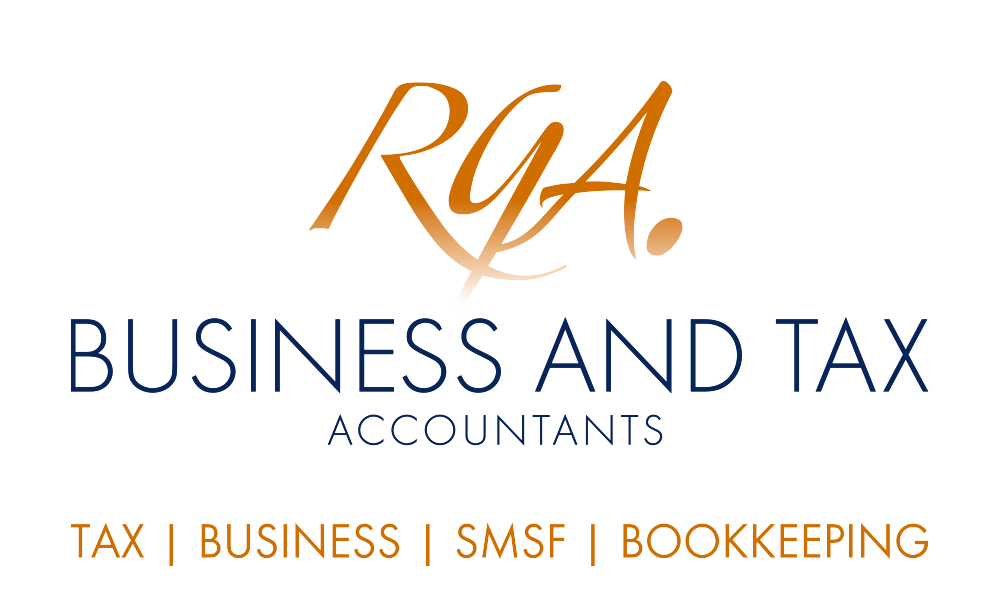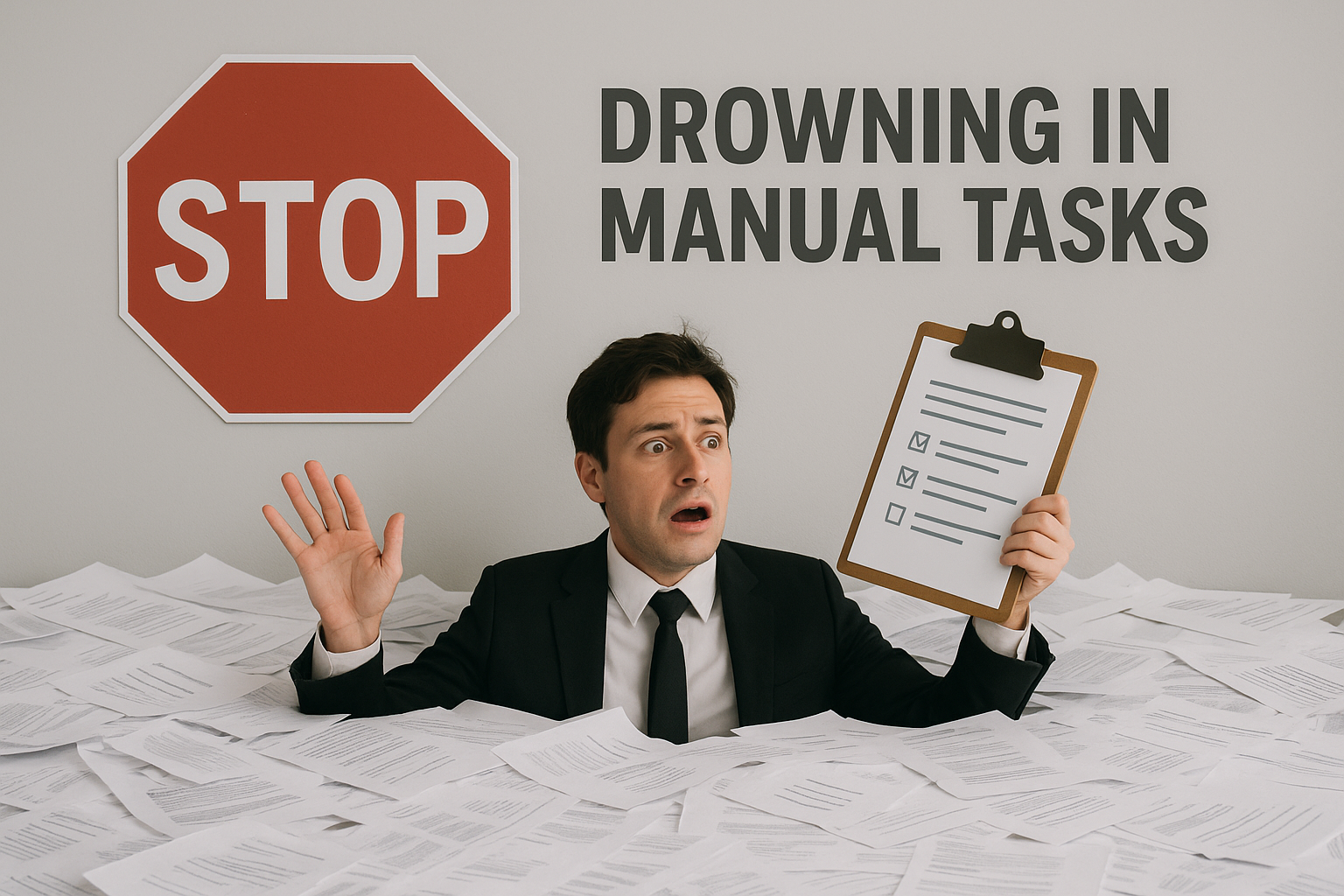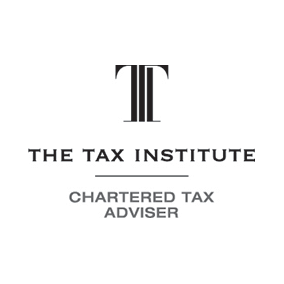
Families struggling with the current cost of living crisis could soon have some relief with cheaper childcare coming mid-year after the government passed child care subsidy reforms. This was a component of Labor's election platform with a promise to make early childhood education and childcare more affordable for families. According to the government, with the passing of the legislation, 96% of families with children in early childhood education and care will benefit, with no family being worse off.
"A lot of Australians want to work more, but if they do a lot of that pay is gobbled up by child care costs. It means it's not worth it. At the moment, 60 per cent of mothers with young children work part time hours. Treasury estimates the Government's child care reforms will add the equivalent of up to 37,000 extra full-time workers to the economy in 2023-24." – The Hon Jason
Clare MP, Minister for Education
What are the changes from 1 July 2023?
From 1 July 2023, the rate of child care subsidy (CCS) that Australian families are entitled to receive will increase. Currently, the highest CCS percentage families can receive for their first child in care is 85%. This rate is reserved for families with a combined income of up to $72,466. Then between the family income thresholds of $72,467 and $177,465 the CCS percentage reduces by 1% for every $3,000 of income the family earns. Effectively, this drops the CCS percentage down to 50% at the family income of between $177,465 and $256,755.
In addition, families that presently earn between $256,756 and below $346,755 receive a CCS of between 50% and 20%. Those that earn between $346,756 and $356,755 receive a 20% rate for CCS and those that earn $356,756 or more receive no child care subsidy at all from the government.
With the passing of the legislation, families that earn up to $80,000 will receive a CCS rate of 90%, which will taper down by 1% for each additional $5,000 of family income until it reaches 0% for families earning $530,000. The existing measure that provides a higher CCS rate for families with multiple children under 5 years old in childcare will continue to apply so that for second and younger children 5 years and under in care, families will receive an additional 30% up to a maximum of 95%.
The new rates will apply from the first CCS fortnight starting on 1 July 2023 and the base rate threshold of $80,000 will be indexed annually with CPI increases, although the amount will not be indexed in 2023.
Example
Ian and Valerie have one child under 5 who goes to childcare. They have a family income of $346,755. Under the current system, the childcare subsidy percentage they receive is 20%, which largely means that the government will subsidise 20% of their childcare fees (although it may be lower in reality as there is a 5% withholding and is also capped at a maximum of $12.74 per hour). Under the new CCS system coming in 1 July 2023, Ian and Valerie will be able to receive a higher CCS of 36.65% for their childcare fees at the same family income.
How many families is this expected to impact?
The legislation also extends the FBT exemption for staff discounts to include cooks employed or otherwise engaged in child care services. It is estimated by the government that the CCS reforms will cut the cost of child care for around 1.26m families. It is hoped that by making these reforms, many more parents will re-enter the work force or have the opportunity to work more if they choose.
Want to find out more?
If you would like to find out how you could benefit from these changes, families can use the CCS Calculator on the Starting Blocks website to find out what their future rates may be. Families can get more information on the Services Australia website and watch the Department of Education video here .To keep up to date with this and many other up and coming changes, get in touch with us.
Please note that many of the comments in this publication are general in nature and anyone intending to apply the information to practical circumstances should seek professional advice to independently verify their interpretation and the information’s applicability to their particular circumstances. Should you have any further questions, please email us at RGA Business and Tax Accountants at reception@rgaaccounting.com.au . All rights reserved. Brought to you by RGA Business and Tax Accountants. Liability Limited by a scheme approved under Professional Standards Legislation.









